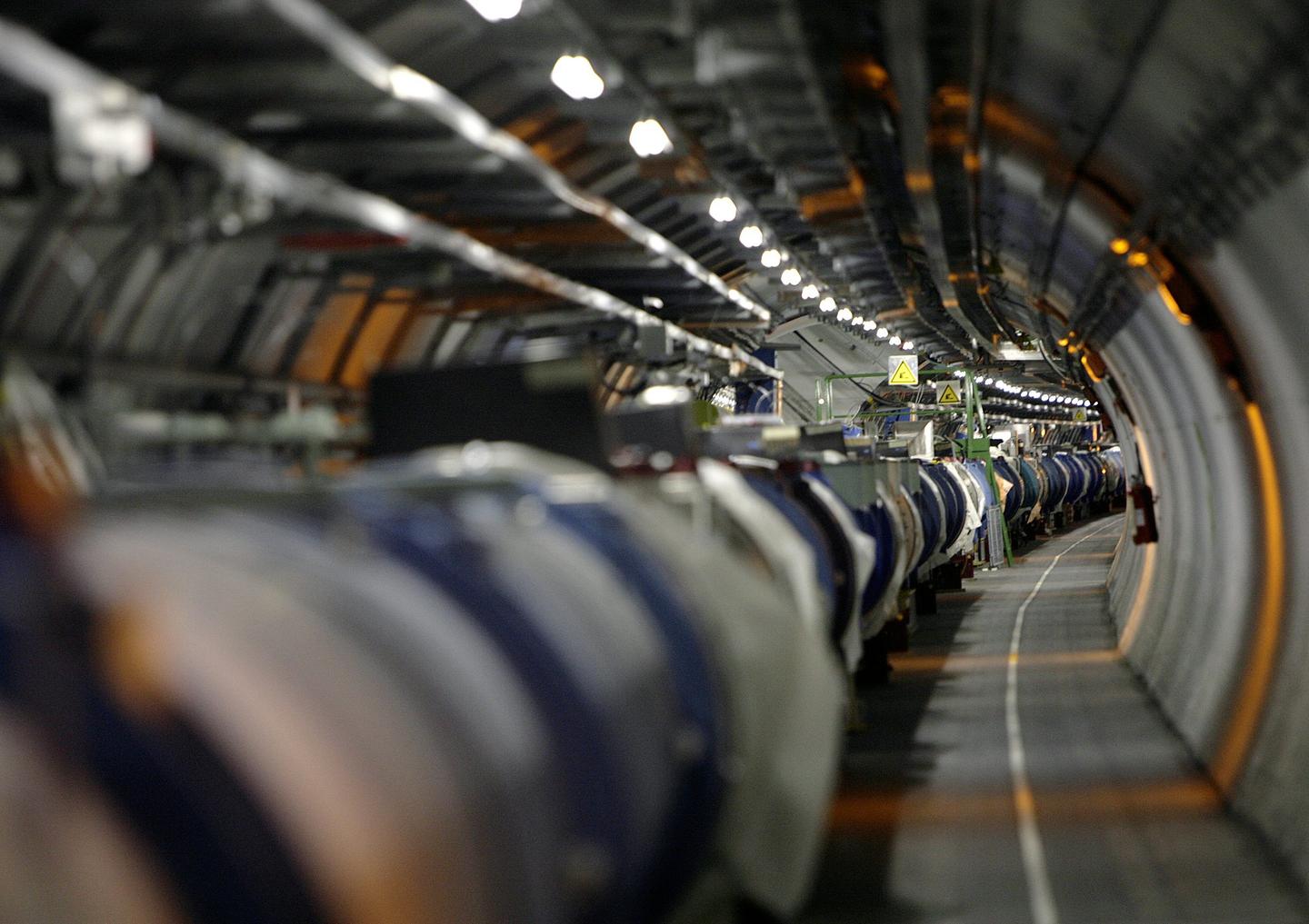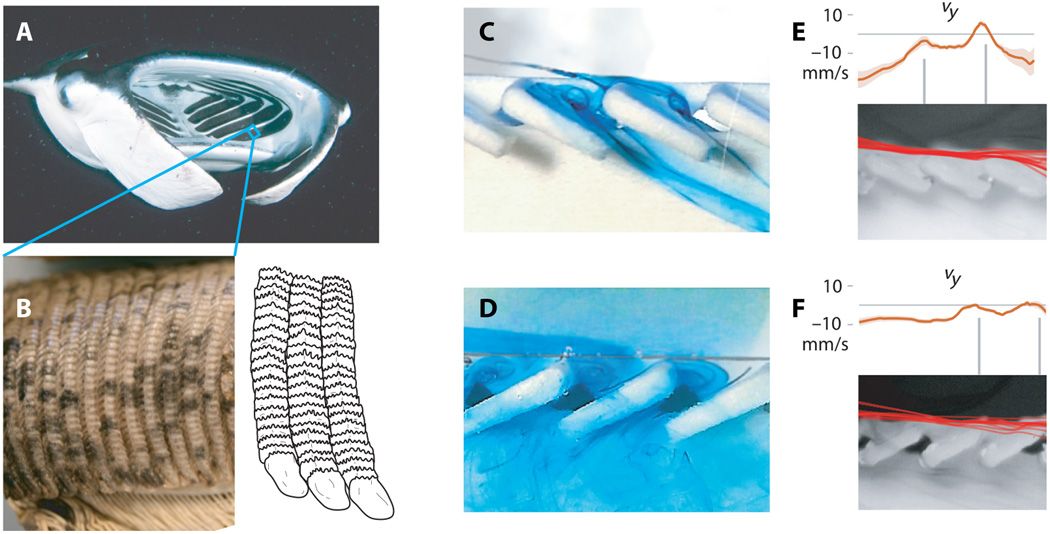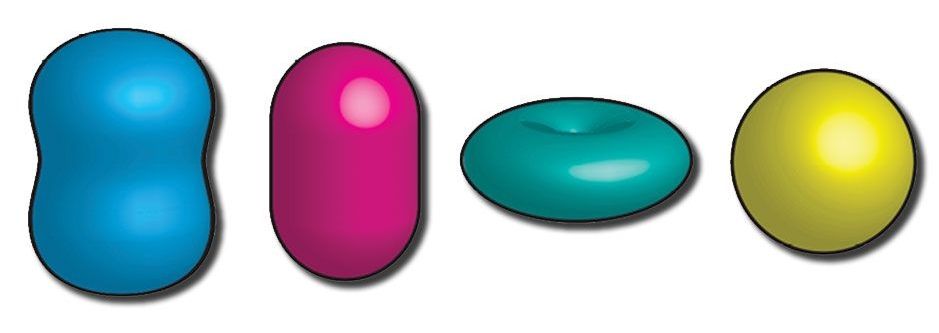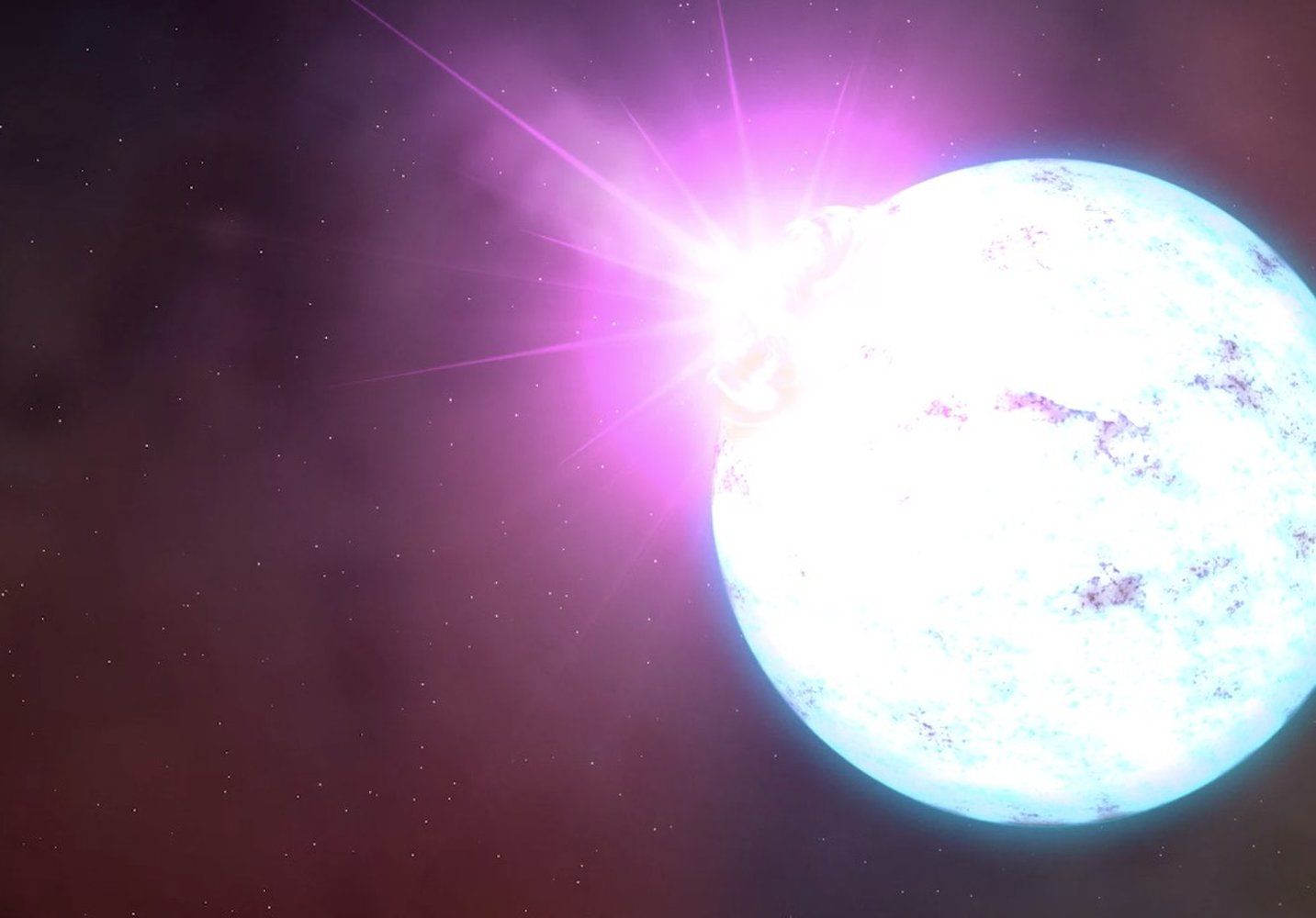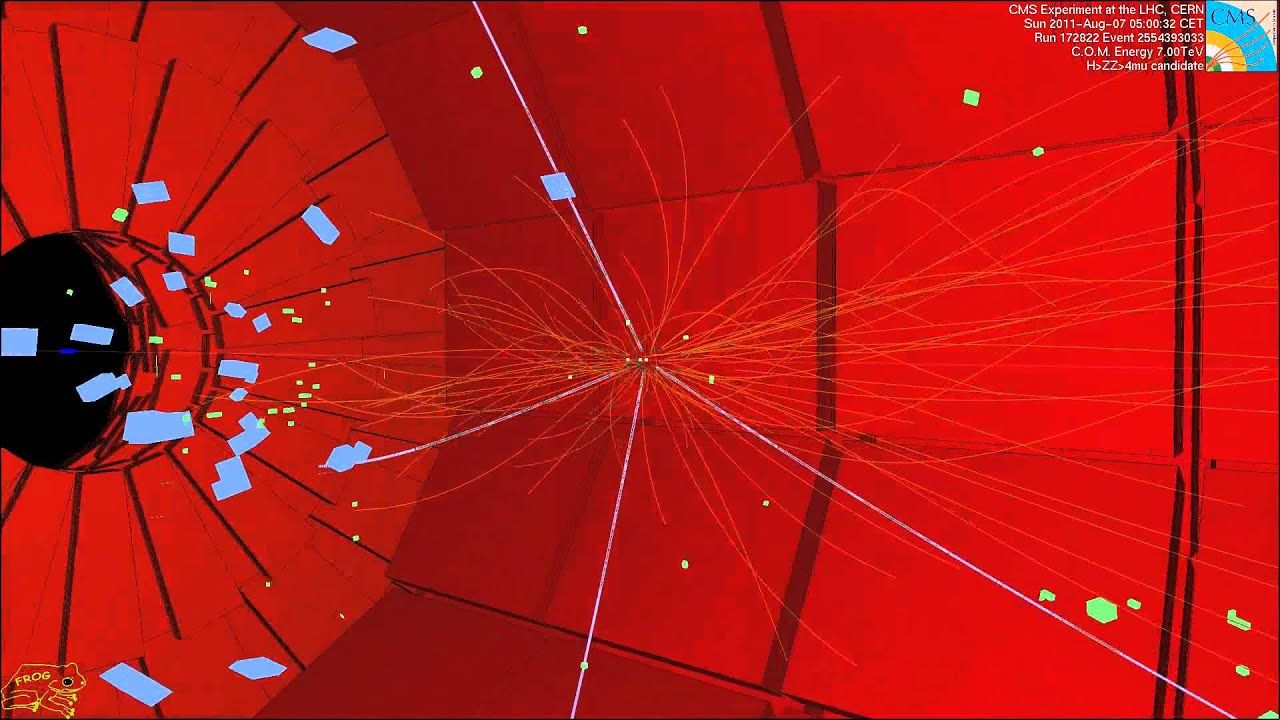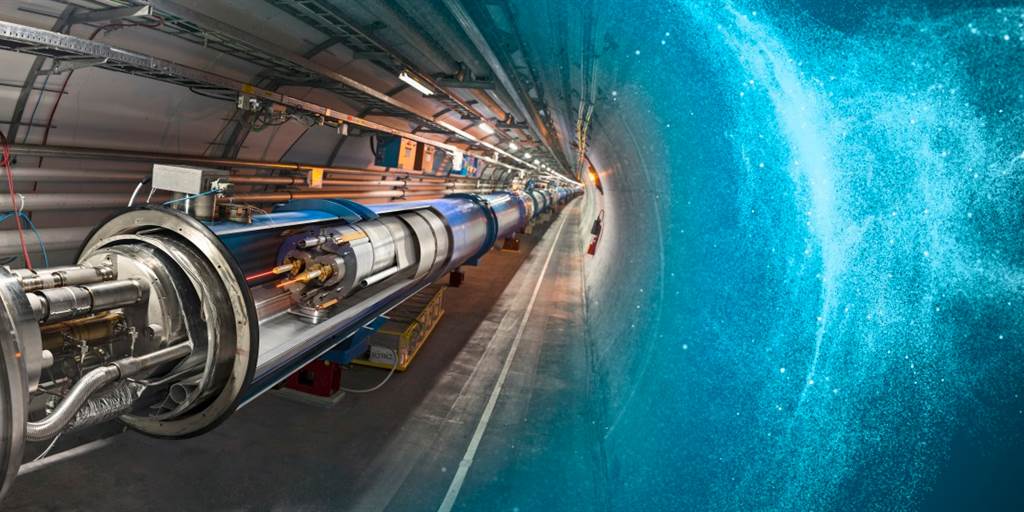The Large Hadron Collider is the most powerful particle accelerator ever built by humanity. By achieving higher energies and greater numbers of collisions at those energies than ever before, we’ve pushed the frontiers of particle physics past their old boundaries.
Category: particle physics – Page 505
Solid-liquid filtration is a ubiquitous process found in industrial and biological systems. Although implementations vary widely, almost all filtration systems are based on a small set of fundamental separation mechanisms, including sieve, cross-flow, hydrosol, and cyclonic separation. Anatomical studies showed that manta rays have a highly specialized filter-feeding apparatus that does not resemble previously described filtration systems. We examined the fluid flow around the manta filter-feeding apparatus using a combination of physical modeling and computational fluid dynamics. Our results indicate that manta rays use a unique solid-fluid separation mechanism in which direct interception of particles with wing-like structures causes particles to “ricochet” away from the filter pores. This filtration mechanism separates particles smaller than the pore size, allows high flow rates, and resists clogging.
Several fundamental mechanisms for solid-fluid separation have been described in the biological and engineering literature, including sieve (1, 2), cross-flow (3–6), hydrosol , and cyclonic separation. Sieve filtration passes a mixture of particles and fluid through a structure with regularly sized pores, causing the particles to be retained while the fluid is drained. Although effective, sieve filters must have pore sizes smaller than the particle size, and they inevitably clog in use (2, 8, 9). Cross-flow filtration is similar to sieving, except that the incoming flow runs parallel rather than perpendicular to the filter. This configuration shears captured particles off the filter’s surface, which reduces but does not eliminate clogging (5, 6). Unlike sieve and cross-flow filters, hydrosol and cyclonic filtration do not require regularly sized pores.
After guiding us across the universe, astrophysicist and Space.com columnist Paul Sutter closes his basic astronomy series this week by looking at the arguments for and against the existence of quark stars.
In Episode 12 of the Facebook Watch series “Ask a Spaceman,” Sutter continues to explore the topic of these stars, finishing a miniseries that began with Episode 10 and Episode 11. Scientists haven’t observed quark stars yet, but the objects may exist. Such a star would be a leftover remnant of a star that exploded and would be packed even more densely than a neutron star; the quark star would have such strong gravity that fundamental particles in the core, such as protons and neutrons, would break down into their constituent parts, called quarks.
“Is there any astrophysical scenario at all that enables them [quark stars] to appear in our universe?” Sutter asks in the new episode. At first, he suggests there might be some things we categorized a dwarf stars that are more dense and massive than what physics would suggest. So, maybe we have seen quark stars, but we can’t tell the difference between a quark star and a neutron star — they look too much alike, Sutter says. [Supernova Fail: Giant Dying Star Collapses Straight into Black Hole].
The constant figures in other situations, making physicists wonder why. Why does nature insist on this number? It has appeared in various calculations in physics since the 1880s, spurring numerous attempts to come up with a Grand Unified Theory that would incorporate the constant since. So far no single explanation took hold. Recent research also introduced the possibility that the constant has actually increased over the last six billion years, even though slightly. If you’d like to know the math behind fine structure constant more specifically, the way you arrive at alpha is by putting the 3 constants h, c, and e together in the equation — As the units c, e, and h cancel each other out, the.
Memes are not just learned, they run deeper than that, they are part of our shared experience as human beings. This is how we communicate to each other through spoken, written, and body language; this is how we participate in customs, rituals and cultural traditions. Indeed, human civilization has always been a “cultured” virtual reality. We don’t often think of cultures as virtual realities, but there is no more apt descriptor for our widely diverse sociology and interpretations than the metaphor of the “virtual reality.” In truth, the virtual reality metaphor encompasses the entire human enterprise. We should realize that all our ideologies and religions, our belief systems and models of reality are our own personal operating systems — real to us but wry to someone else — each of us lives in a seemingly shared but simultaneously private virtual world.
By Alex Vikoulov.
“We live in succession, in division, in parts, in particles. Meantime within man is the soul of the whole; the wise silence; the universal beauty, to which every part and particle is equally related; the eternal One. And this deep power in which we exist, and whose beatitude is all accessible to us, is not only self-sufficing and perfect in every hour, but the act of seeing and the thing seen, the seer and the spectacle, the subject and the object, are one. We see the world piece by piece, as the sun, the moon, the animal, the tree; but the whole, of which these are the shining parts, is the soul.” — Ralph Waldo Emerson, “The Over-Soul” (1841)
It takes little more than logging on to see the flaws in today’s internet—mainly, how easy it is to steal or intercept data. One future solution for these problems could be an upgrade that relies on the latest advances in the science of subatomic particles: a quantum internet.
Just last week, three scientists from the renowned QuTech center at the Delft University of Technology (TU Delft) revealed a roadmap for how this quantum internet should develop. They also plan to connect four cities with a quantum link by 2020, reports MIT Tech Review. And today, University of Chicago scientists announced that they plan to set up a quantum link across a 30-mile distance. Scientists are really getting serious about this quantum internet idea.
